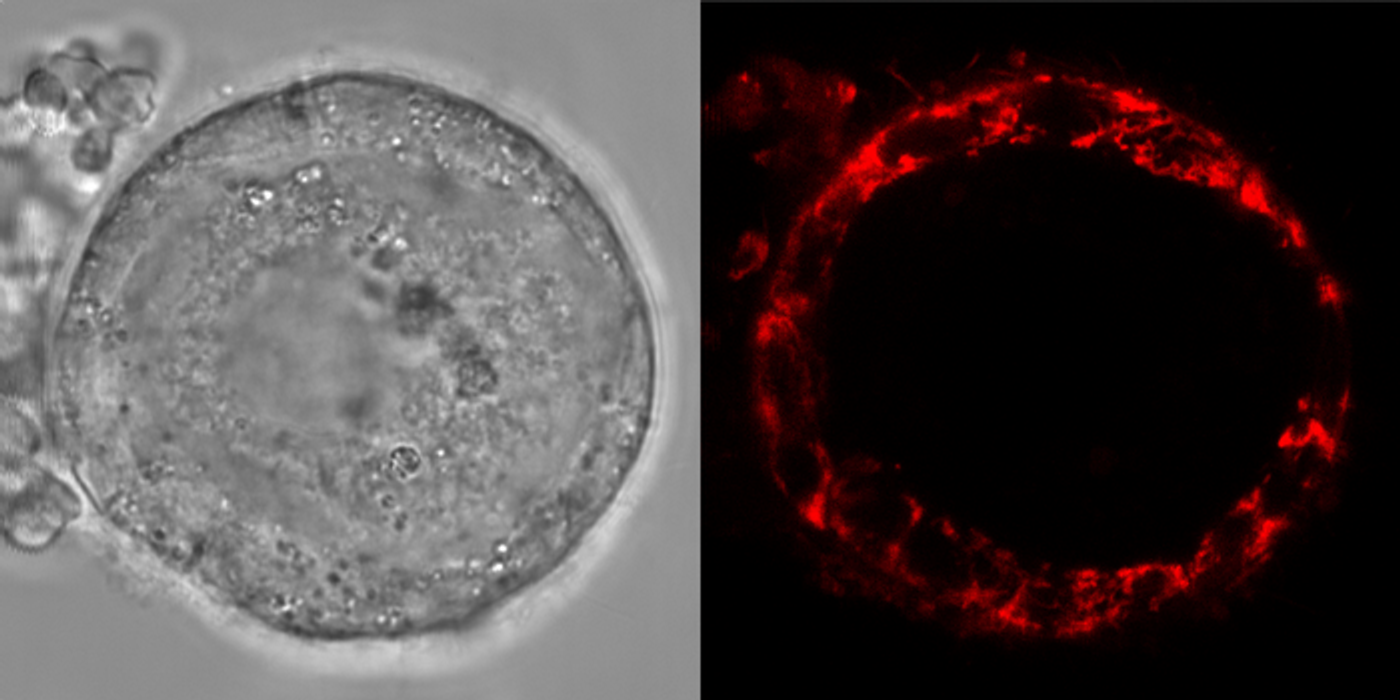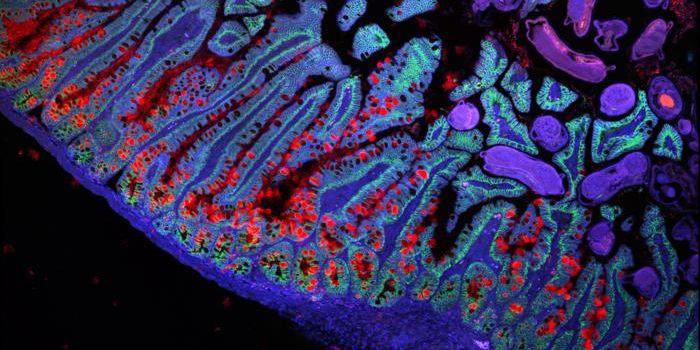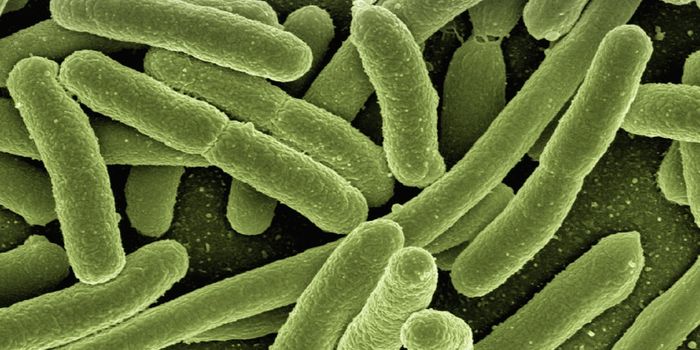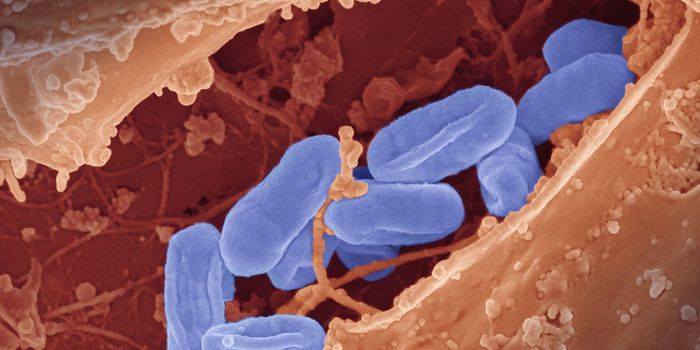Mitochondria & Metabolism Are Unique in Egg Cells
Human egg cells, called oocytes, have to last a long time. They are created before birth, and if they are healthy, they stay viable for many years before they might be fertilized. New research has suggested that oocytes can do so because they alter their metabolism, which seems to stop the production of harmful reactive oxygen species (ROS). The work, reported in Nature, has shown how healthy oocytes maintain their reproductive functions through dormancy that can last for decades.
People have a long lifespan, and egg cells must stay pristine and avoid decades of damage. "We show this problem is solved by skipping a fundamental metabolic reaction that is also the main source of damage for the cell," explained first study author Dr. Aida Rodriguez, a postdoctoral researcher at the Center for Genomic Regulation (CRG). "As a long-term maintenance strategy, it's like putting batteries on standby mode. This represents a brand new paradigm never before seen in animal cells."
Like other cell types, oocytes have mitochondria, organelles that are commonly known as the powerhouses of the cell. Mitochondria also produce energy for oocytes. But using a variety of techniques, the researchers determined that mitochondrial energy production is different in oocytes. Oocytes from humans and xenopus are different from those in other mammals.
Mitochondrial reactions typically rely on a molecule called complex I to get reactions going. Complex I is fundamental to life, and found in a huge variety of organisms. But oocytes don't use it much. Low levels of complex I levels have only been found in cells of the parasitic plant mistletoe.
Activity in the the mitochondrial electron transport chain (ETC), a crucial aspect of mitochondria, was not detected in human or Xenopus oocytes, though it was found to be functional. Unblike Xenopus eggs, the authors acknowledged that complex I function in human oocytes cannot be directly assessed with current techniques, simply because so many donor samples would be needed. However, the work does explain why some patients with mitochondrial disorders that impact complex I also have fertility issues compared to other patients with mitochondrial disorders.
The study authors also suggested that it may be possible to use these findings to develop methods for preserving the threatened oocytes of cancer patients.
"Complex I inhibitors have previously been proposed as a cancer treatment. If these inhibitors show promise in future studies, they could potentially target cancerous cells while sparing oocytes," explained senior study author Dr. Elvan Böke, a Group Leader at the CRG.
"Our ambition is to discover the strategies oocytes employ to stay healthy for many years in order to find out why these strategies eventually fail with advanced age," added Böke.
Sources: Center for Genomic Regulation, Nature










